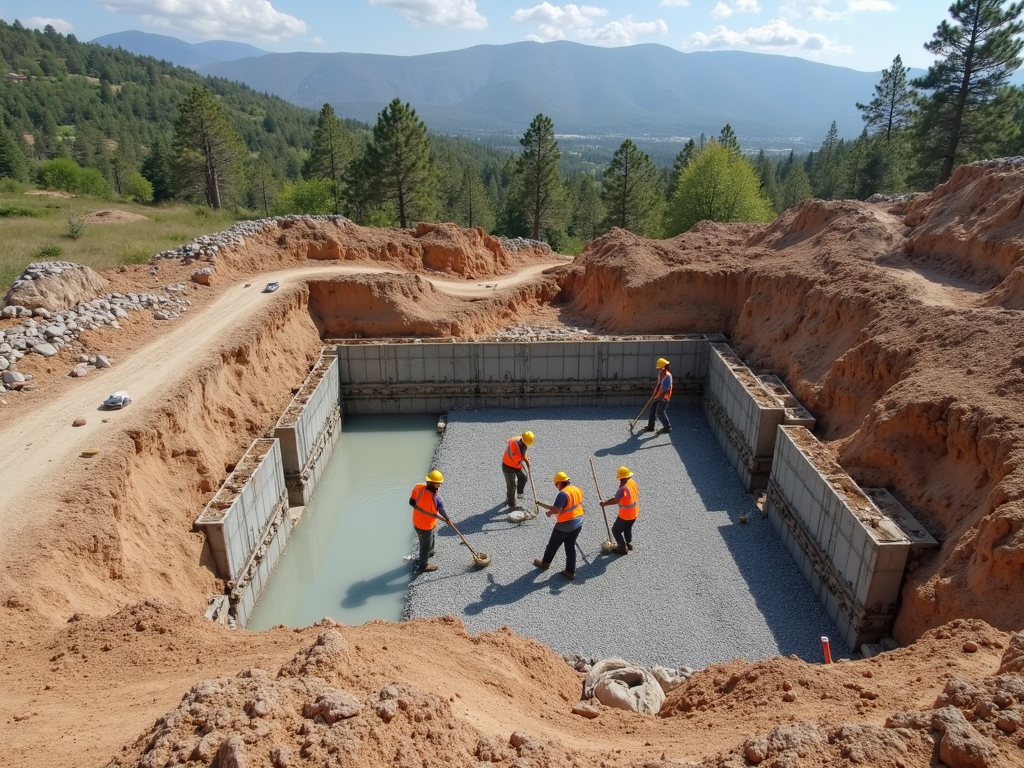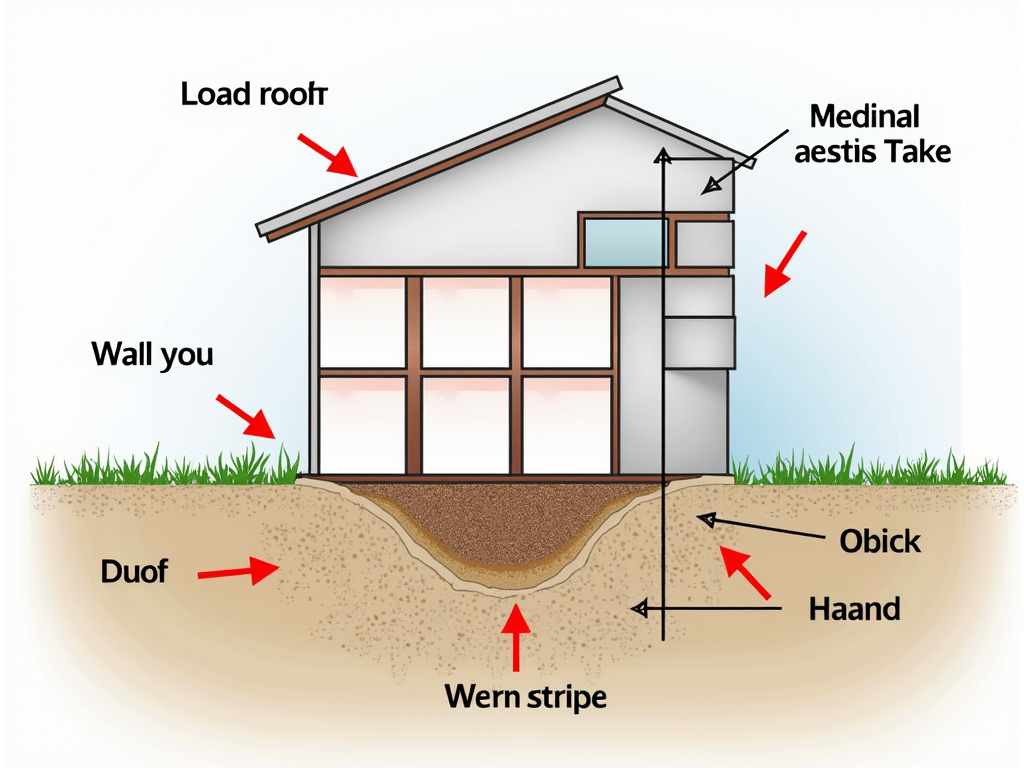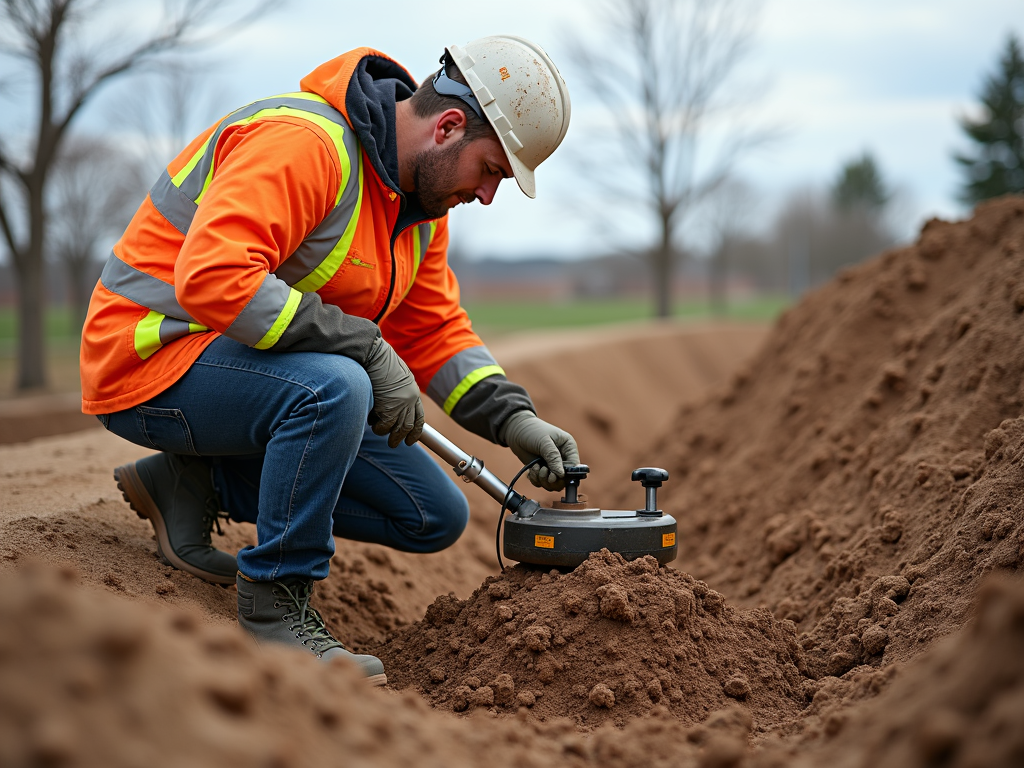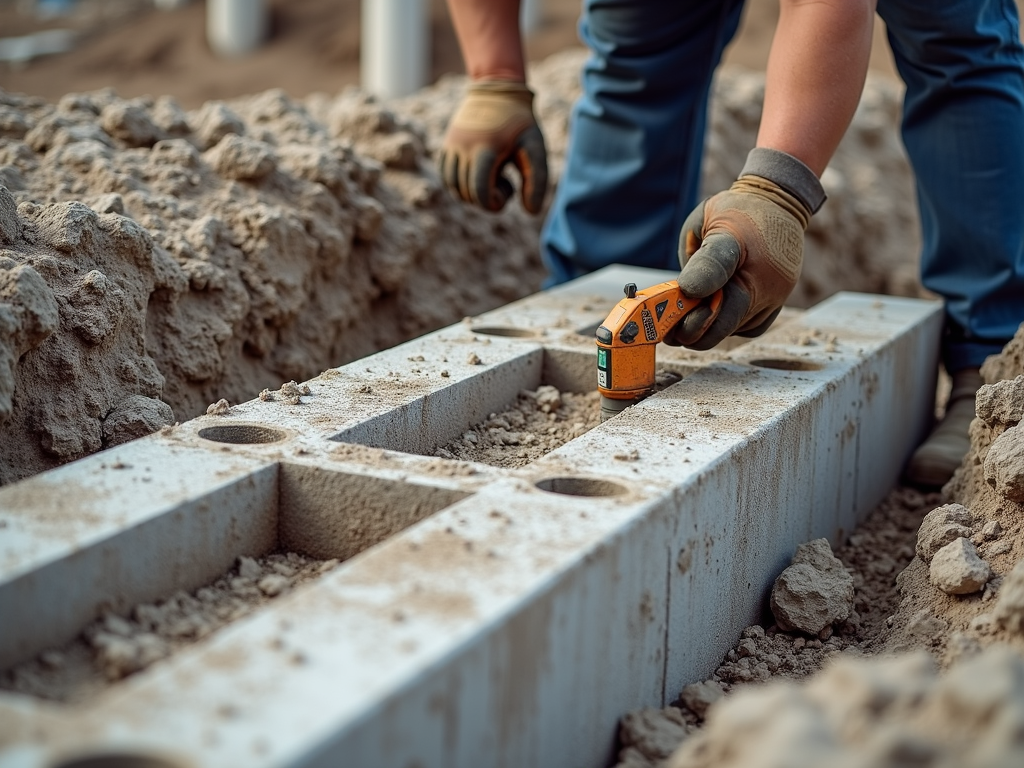Seismic Design Considerations for Foundations: A Comprehensive Guide
Foundations are the backbone of any structure, and in seismic zones, their design becomes even more critical. This article explores the key considerations for creating foundations that can withstand earthquakes, ensuring safety and stability for buildings and their occupants.
Building in earthquake-prone areas is a unique challenge. The ground can shake violently, putting immense pressure on a structure. That’s where seismic design considerations for foundations come in. This isn’t just about following rules—it’s about keeping people safe and structures standing. Let’s dive into what makes a foundation ready for seismic activity.
Understanding Footing and Foundation Basics
First, let’s break down the basics. A foundation carries a building’s weight and passes it to the ground. The footing is the wider base that spreads this load out. Footing and foundation: key considerations include the soil type, how much weight the ground can hold, and the building’s size and shape.
In seismic zones, things get trickier. Earthquakes cause the ground to move, which can stress the foundation in ways normal buildings don’t face. If the design isn’t right, the whole structure could fail.

Following Structural Design Codes and Standards
Designing for earthquakes starts with structural design codes and standards. These are rules, like the International Building Code (IBC), that tell engineers how to make buildings safe. They cover everything from materials to how much shaking a foundation should handle.
For foundations, these codes help calculate earthquake forces and ensure the design can bend without breaking. Keeping up with these rules is vital—they’re updated as we learn more from real earthquakes.
Key Seismic Design Considerations for Foundations
Let’s look at the big factors engineers focus on when designing foundations for seismic areas.
1. Checking the Soil
Soil matters a lot. During an earthquake, seismic waves move differently through soft or hard soil. Engineers test the ground to see how it will react. Some soils can even turn to liquid—a problem called liquefaction—which weakens the foundation.

2. Picking the Right Foundation Type
Not all foundations work everywhere. Shallow ones, like spread footings, are cheap and easy but only good for solid soil. In shaky areas with weak ground, deep foundations like piles or caissons dig deeper for stability.
3. Guiding the Load Path
The foundation must move earthquake forces from the building to the ground smoothly. This means strong connections between the building and its base so nothing slips or breaks during shaking.
4. Building in Flexibility
A good foundation doesn’t just stand still—it flexes a little. This flexibility, called ductility, lets it soak up earthquake energy without cracking. Steel bars or stretchy materials often help with this.

5. Slab Design Matters Too
The floor slab ties everything together. Good slab design helps pass forces to the foundation and resist side-to-side shaking. Sometimes, engineers add walls or frames to make it tougher.
Footing Calculation in Seismic Design
Figuring out the footing size and strength is a big deal. Footing calculation in seismic areas means adding extra earthquake forces to the math. Engineers use tools and equations to make sure the footing won’t tip over, slide, or sink too much when the ground shakes.
For instance, they check if the soil can carry both the building’s weight and the extra push from an earthquake. It’s all about keeping things steady.

Lessons from the Field
I’ve worked on projects in seismic zones, and every site teaches you something new. Once, I helped design a hospital foundation in a high-risk area. We used deep piles and a strong slab because the soil was soft. It worked—the building stood firm through a small quake later.
Teamwork is everything. Geotechnical experts, structural engineers, and architects all need to talk. One person missing a detail can throw off the whole plan.
Handy Tools: Tables and Lists
Here’s a quick way to compare foundation options and steps to follow.
Table: Foundation Types for Seismic Zones
| Foundation Type | Pros | Cons |
|---|---|---|
| Spread Footing | Cheap, simple | Needs solid soil |
| Mat Foundation | Spreads load well | Costs more |
| Pile Foundation | Works in weak soil | Takes time, expensive |
| Caisson Foundation | Deep and strong | Needs special gear |

List: Steps for Seismic Foundation Design
- Test the soil thoroughly.
- Figure out the earthquake risk.
- Choose the best foundation type.
- Calculate loads with seismic forces in mind.
- Add strong details and reinforcement.
- Work with the whole team for a solid plan.
Wrapping Up
Designing foundations in seismic zones takes know-how and care. It’s about understanding the soil, picking the right foundation, and following tough codes. With smart planning and teamwork, we can build structures that stay safe when the earth shakes. Every project is a chance to do it better.





